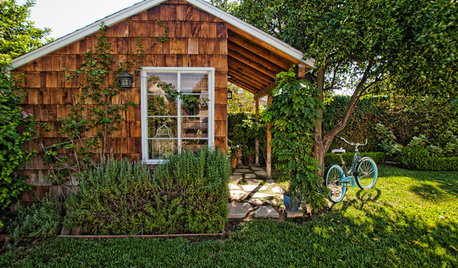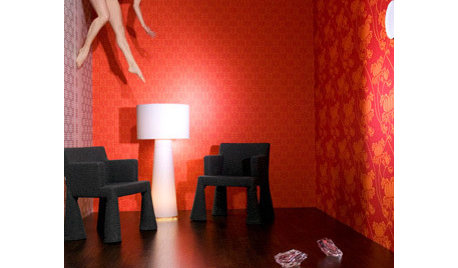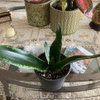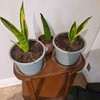Who am I???
Cena
19 years ago
Related Stories

Shop Houzz: I Am Titanium
Embrace this durable yet stylish silvery-gray metal in furniture, fixtures and more
Full Story0

'Pan Am' Inspires Flight Back to 1960s Design
15 updated '60s homes offer lessons in craft, simplicity and style
Full Story
FUN HOUZZEverything I Need to Know About Decorating I Learned from Downton Abbey
Mind your manors with these 10 decorating tips from the PBS series, returning on January 5
Full Story
BACKYARD IDEAS7 Backyard Sheds Built With Love
The Hardworking Home: Says one homeowner and shed builder, ‘I am amazed at the peace and joy I feel when working in my garden shed’
Full Story
WINTER GARDENING6 Reasons I’m Not Looking Forward to Spring
Not kicking up your heels anticipating rushes of spring color and garden catalogs? You’re not alone
Full Story
GARDENING GUIDESHow I Learned to Be an Imperfect Gardener
Letting go can lead to a deeper level of gardening and a richer relationship with the landscape. Here's how one nature lover did it
Full Story

COFFEE WITH AN ARCHITECTA Few Things I Would Like to Ask Frank Lloyd Wright
It could take a lifetime to understand Frank Lloyd Wright's work — less if we had answers to a few simple questions
Full Story










Solar_Storm
kniphofia
Related Professionals
Derry Landscape Architects & Landscape Designers · Windham Landscape Architects & Landscape Designers · Leawood Landscape Architects & Landscape Designers · Anderson Landscape Contractors · Middletown Landscape Contractors · Apollo Beach Landscape Contractors · Broadlands Landscape Contractors · Camp Verde Landscape Contractors · Clayton Landscape Contractors · Dinuba Landscape Contractors · Huntley Landscape Contractors · Merced Landscape Contractors · Morrisville Landscape Contractors · Yukon Landscape Contractors · Piedmont Window Contractorspirate_girl
birdsnestsoup
CenaOriginal Author
pirate_girl
bcstan
entwife
CenaOriginal Author
entwife
birdsnestsoup
CenaOriginal Author
CenaOriginal Author
kniphofia
mairzy_dotes
kniphofia
jon_d